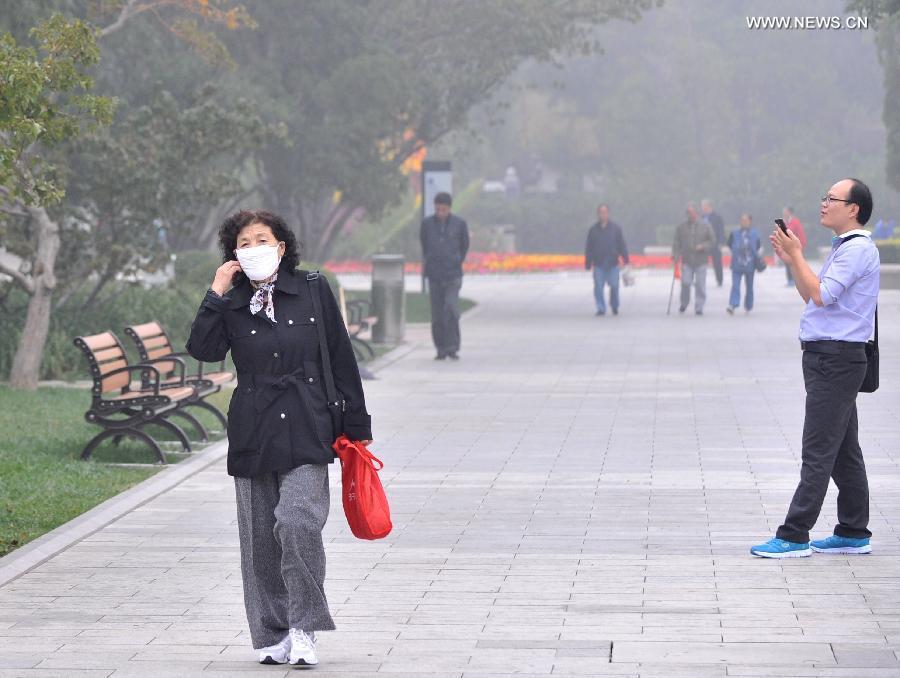Top 10 most polluted Chinese cities in May
- By Lu Na
 0 Comment(s)
0 Comment(s) Print
Print E-mail China.org.cn, June 28, 2013
E-mail China.org.cn, June 28, 2013
Shijiazhuang was found to be the most polluted Chinese city in May of 2013, according to the latest information on air pollution in major Chinese cities released by the Ministry of Environment.
Six of the following ten most polluted cities in China are located in Hebei, giving hard proof of its severe air pollution problem.
Among the 74 cities being monitored, 60.1 percent of the days in the month reached the national air quality standard; the other 39.9 percent days failed to do so. Of that 39.9 percent, 29.4 percent were mild pollution, 8.3 percent were middle level, 2.1 percent were serious and 0.1 percent was severe.
The ratio of days reaching the standard decreased by 3.4 percentage points compared with one month earlier, whereas the ratio of serious and severe pollution increased by 0.2 percentage points.
Beijing, capital of China, faced a concentration increase of major pollutants, including PM2.5, PM10, sulfur dioxide and nitrogen dioxide, making the city's air quality worse than that of April.
In contrast to the bad air quality of the Beijing-Tianjin-Hebei Region, the average day ratio of the Pearl River Delta reaching the standard stood at 89.5 percent, 29.4 percentage points higher compared with the national ratio. Cities reaching 100 percent included Haikou, Zhuhai, Shenzhen and Fuzhou.
Following are the top ten most polluted Chinese cities:

Air quality data not available
Go to Forum >>0 Comment(s)







